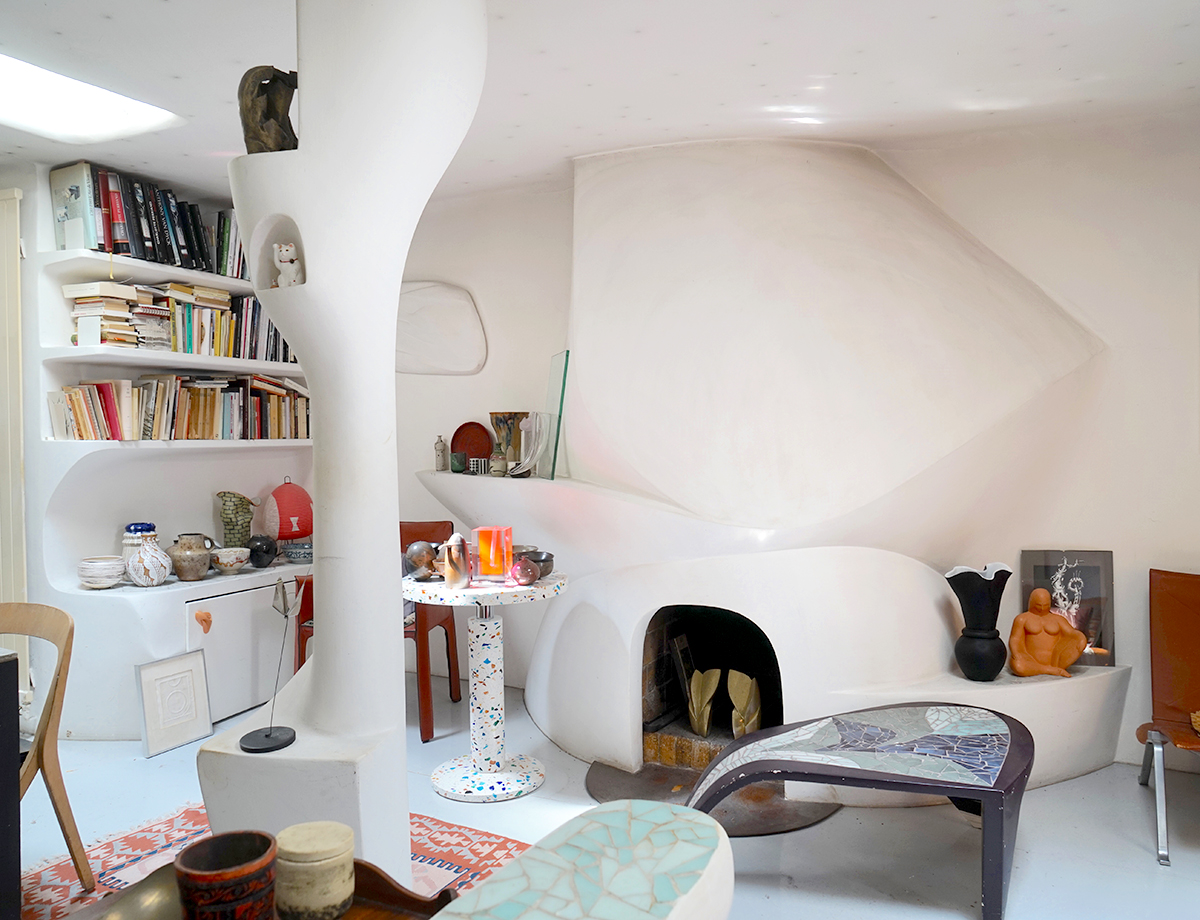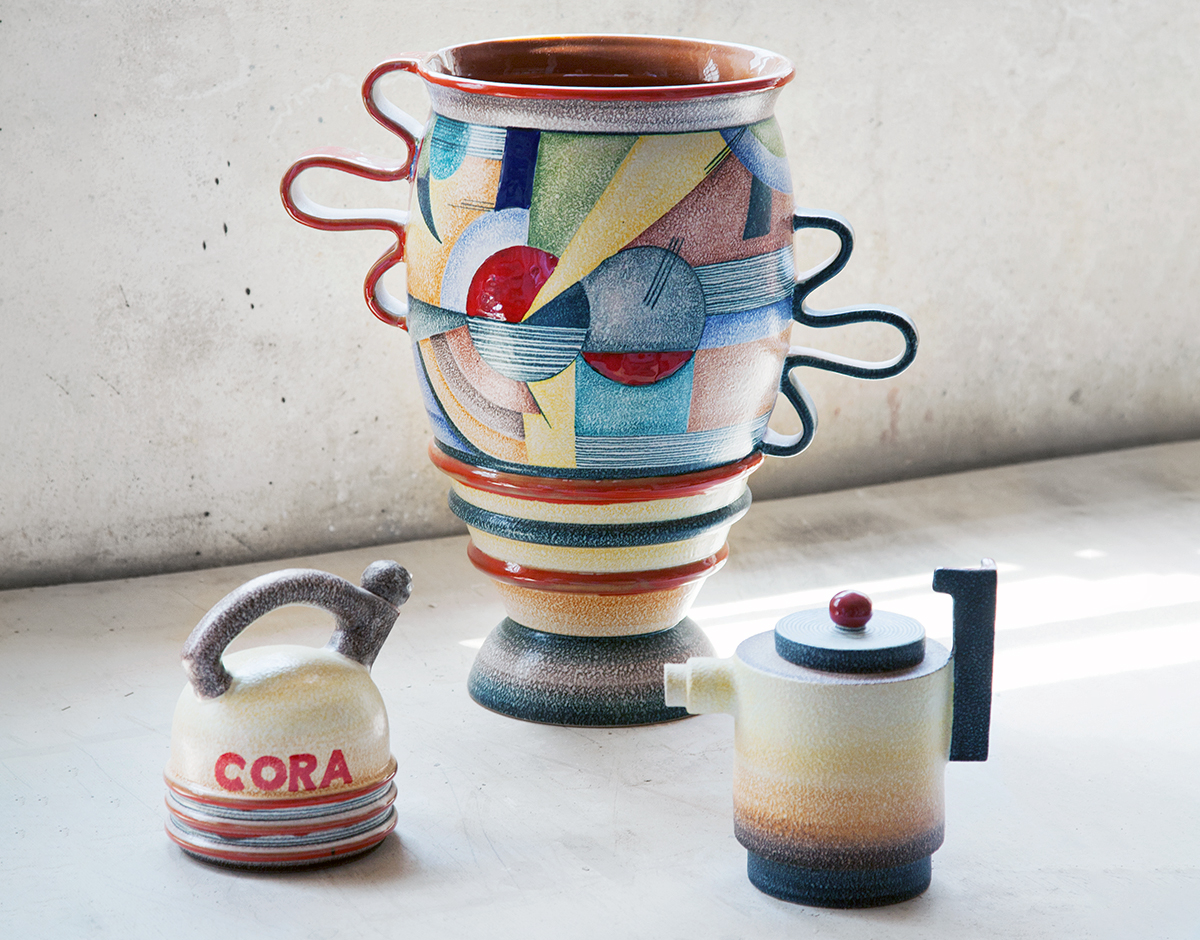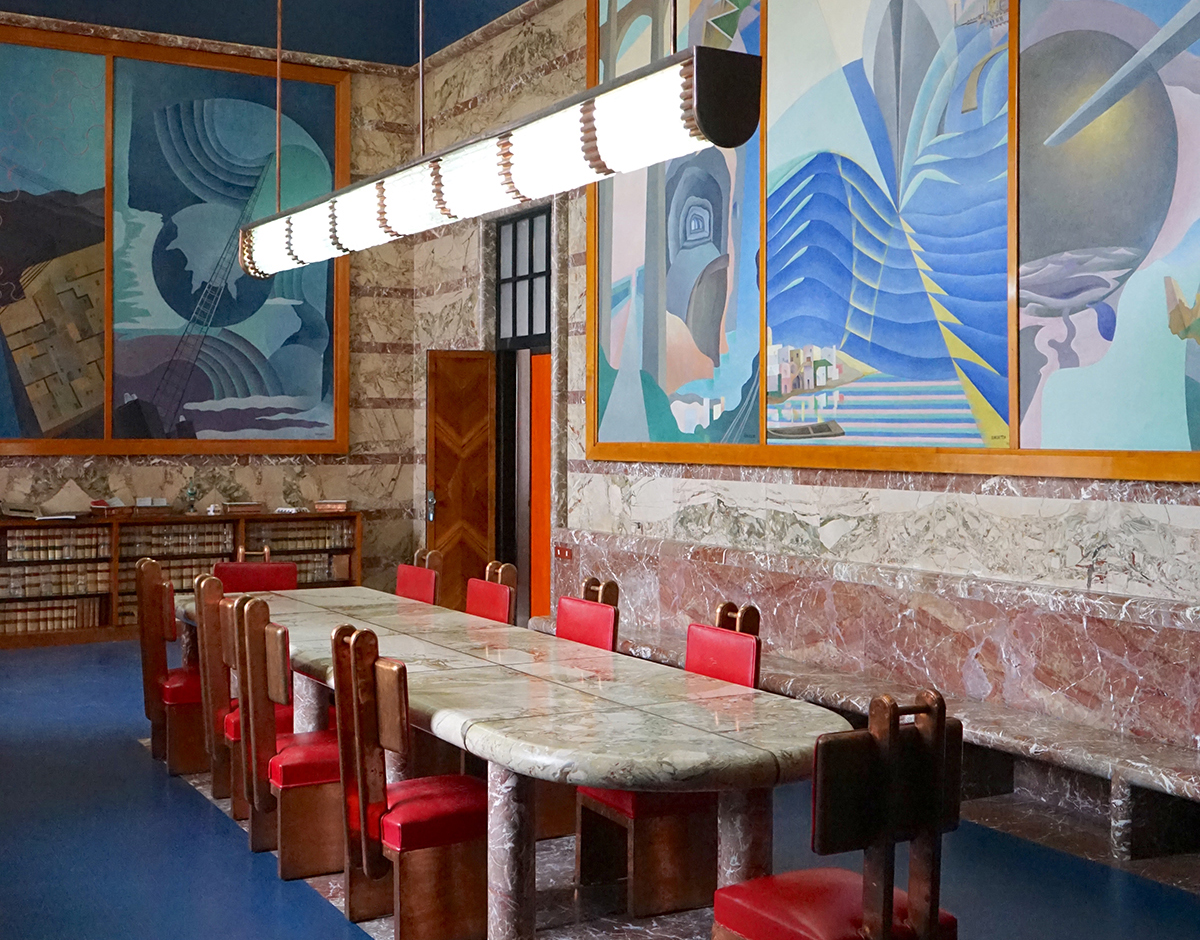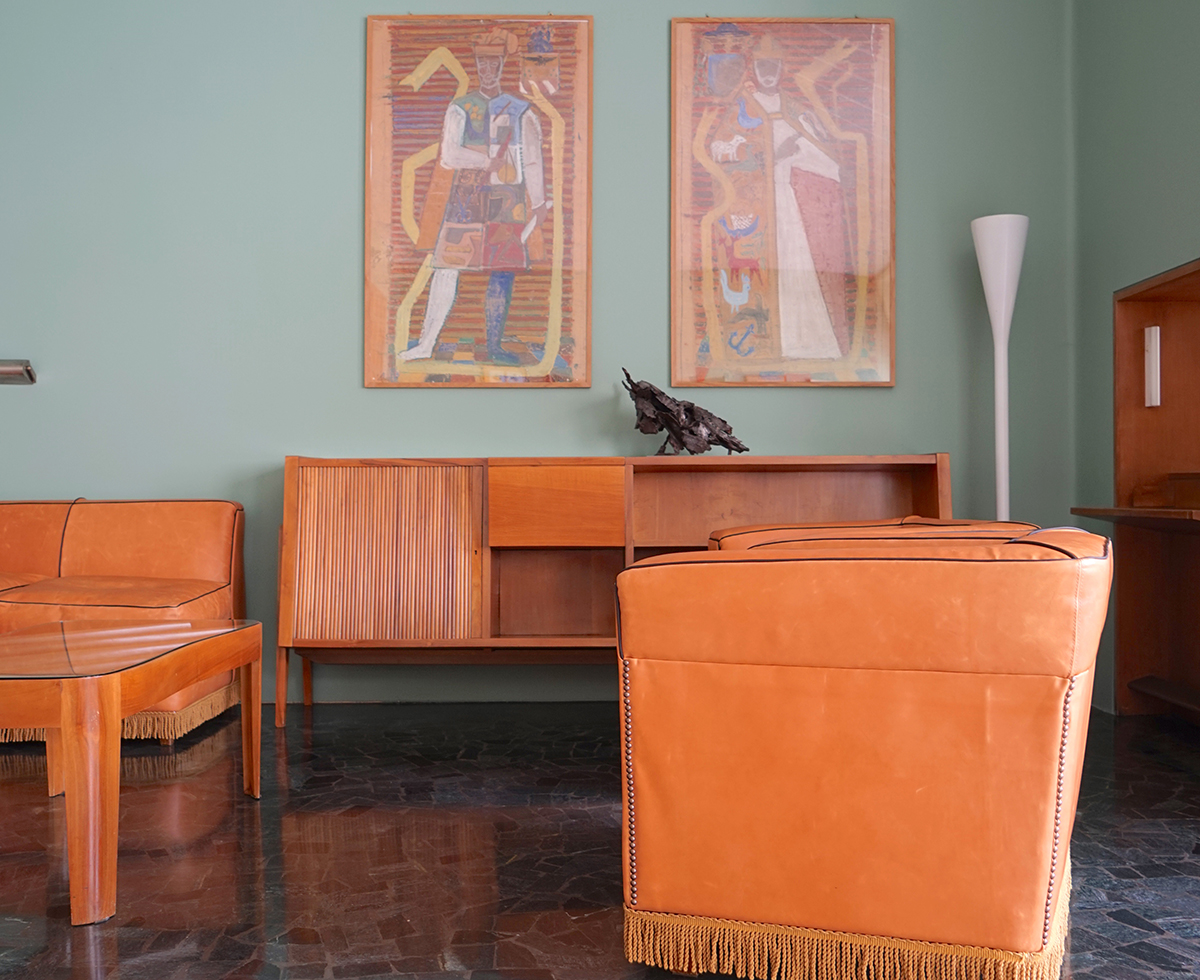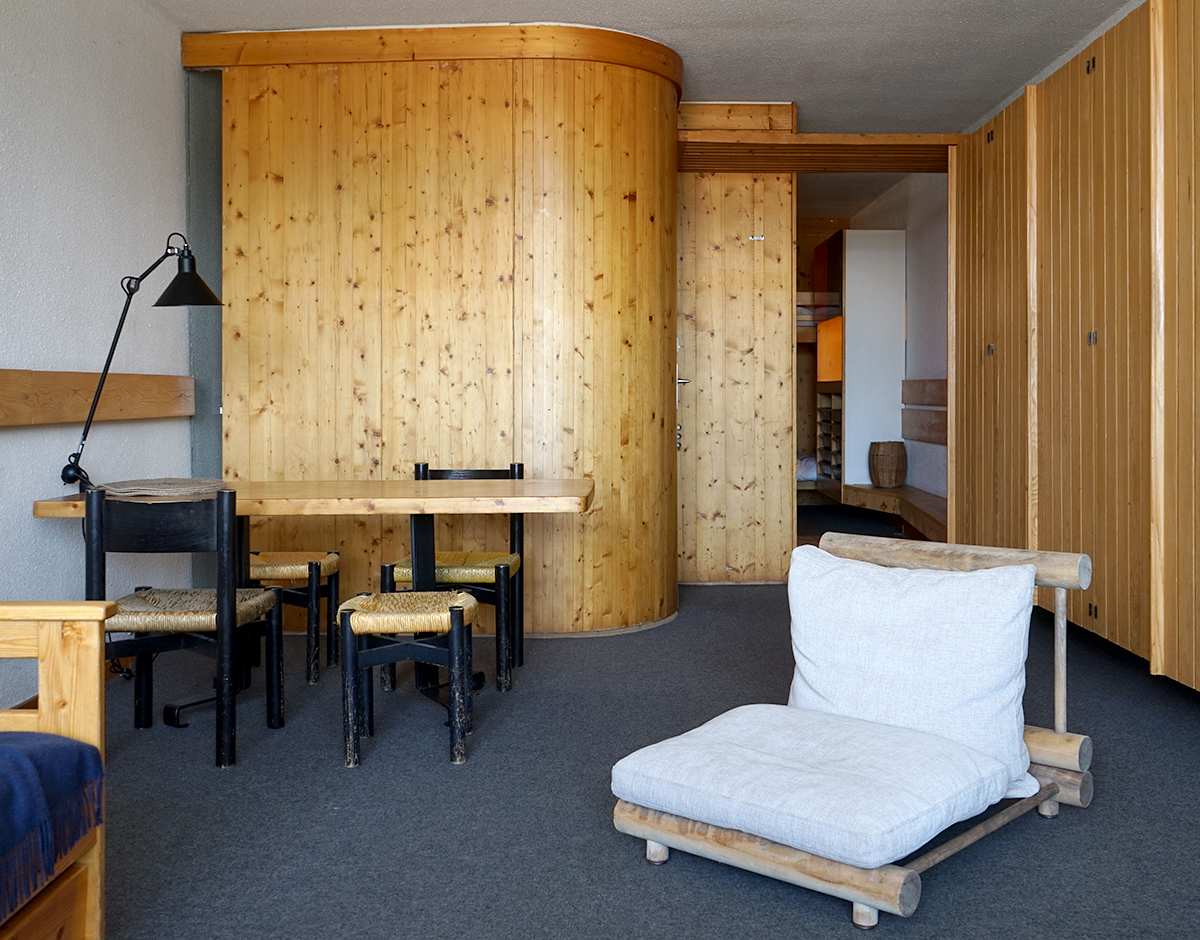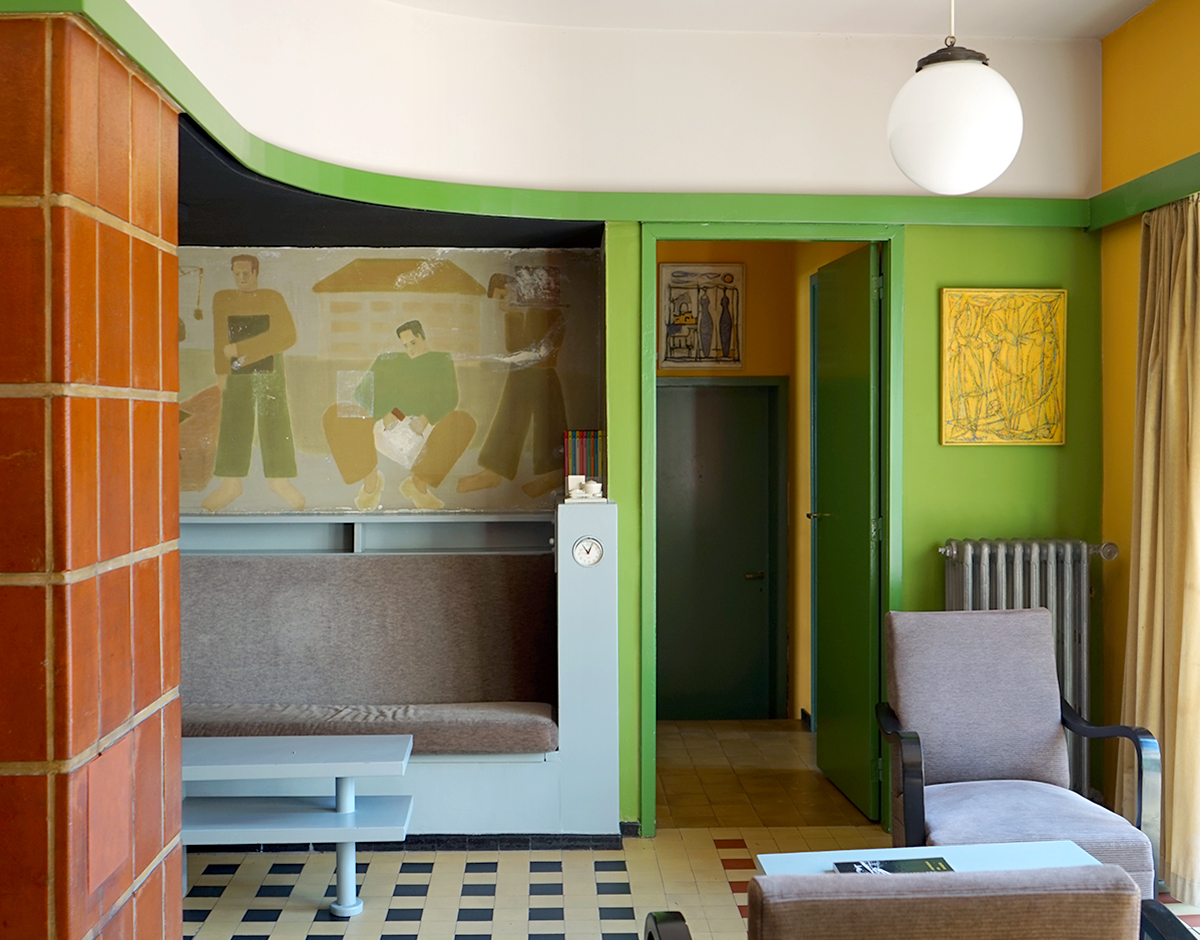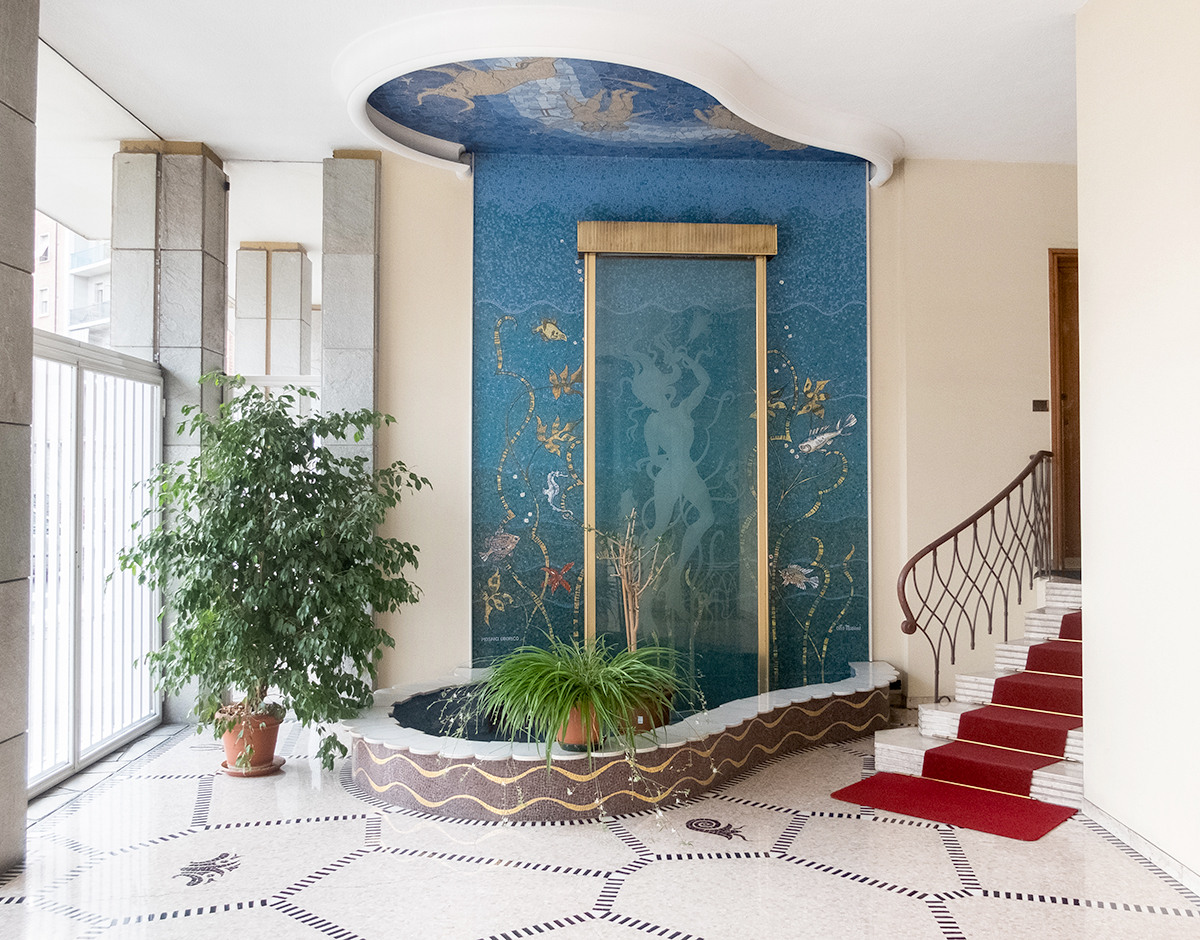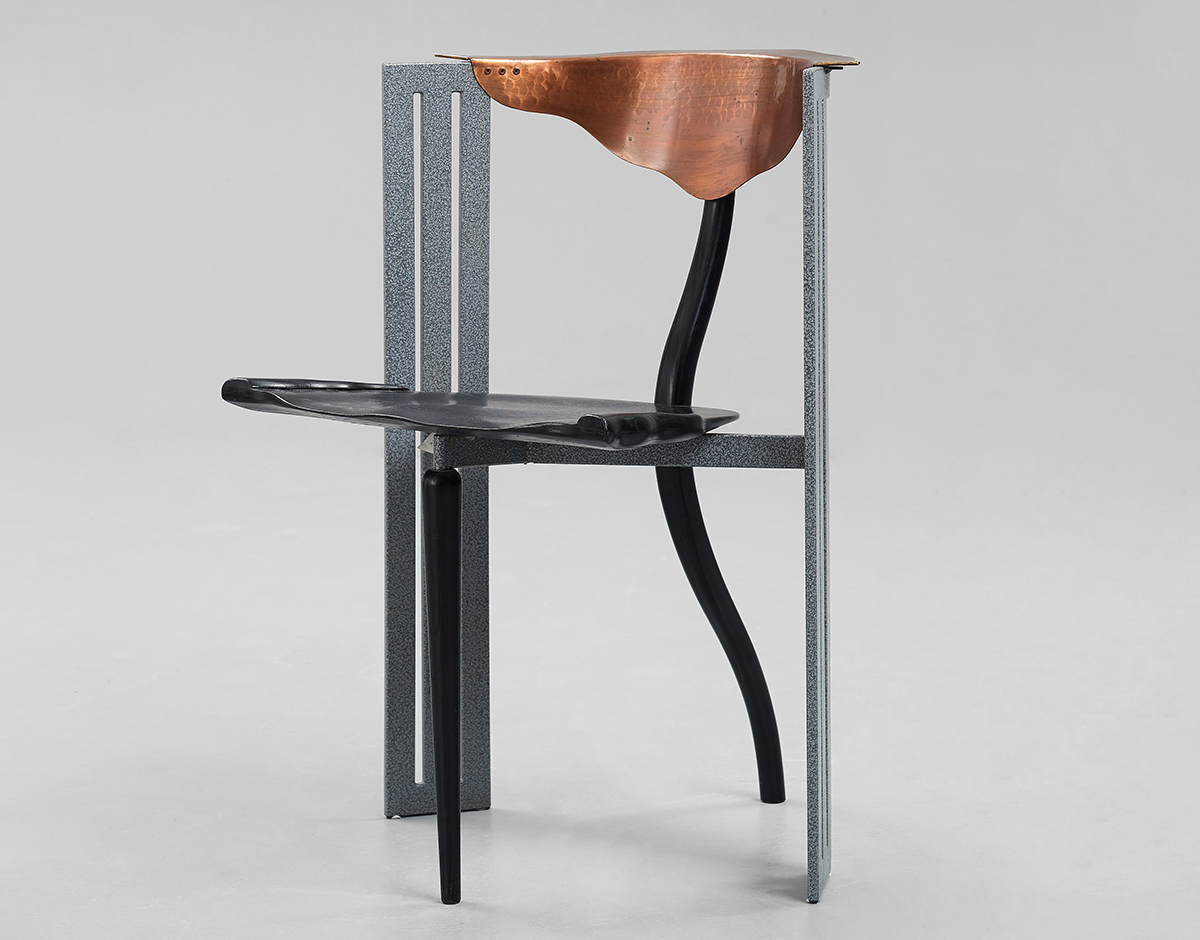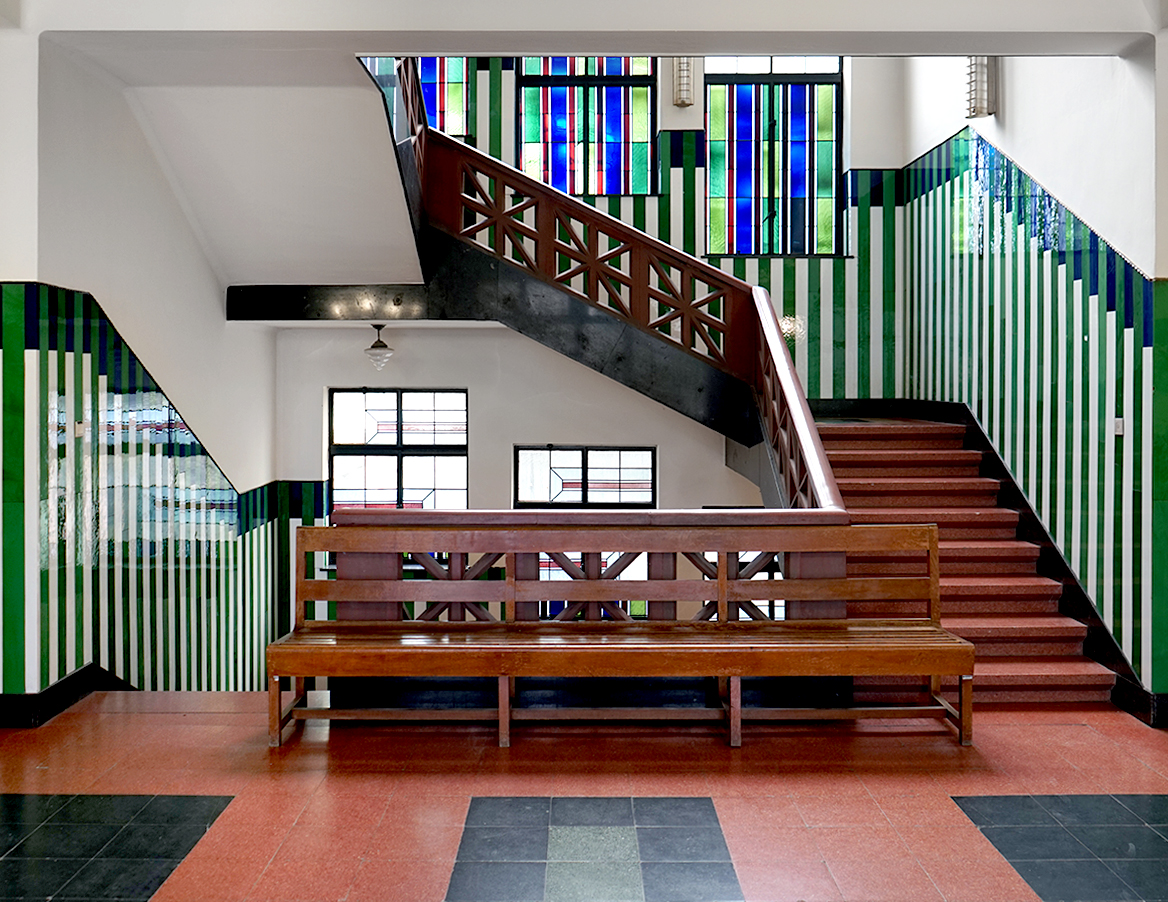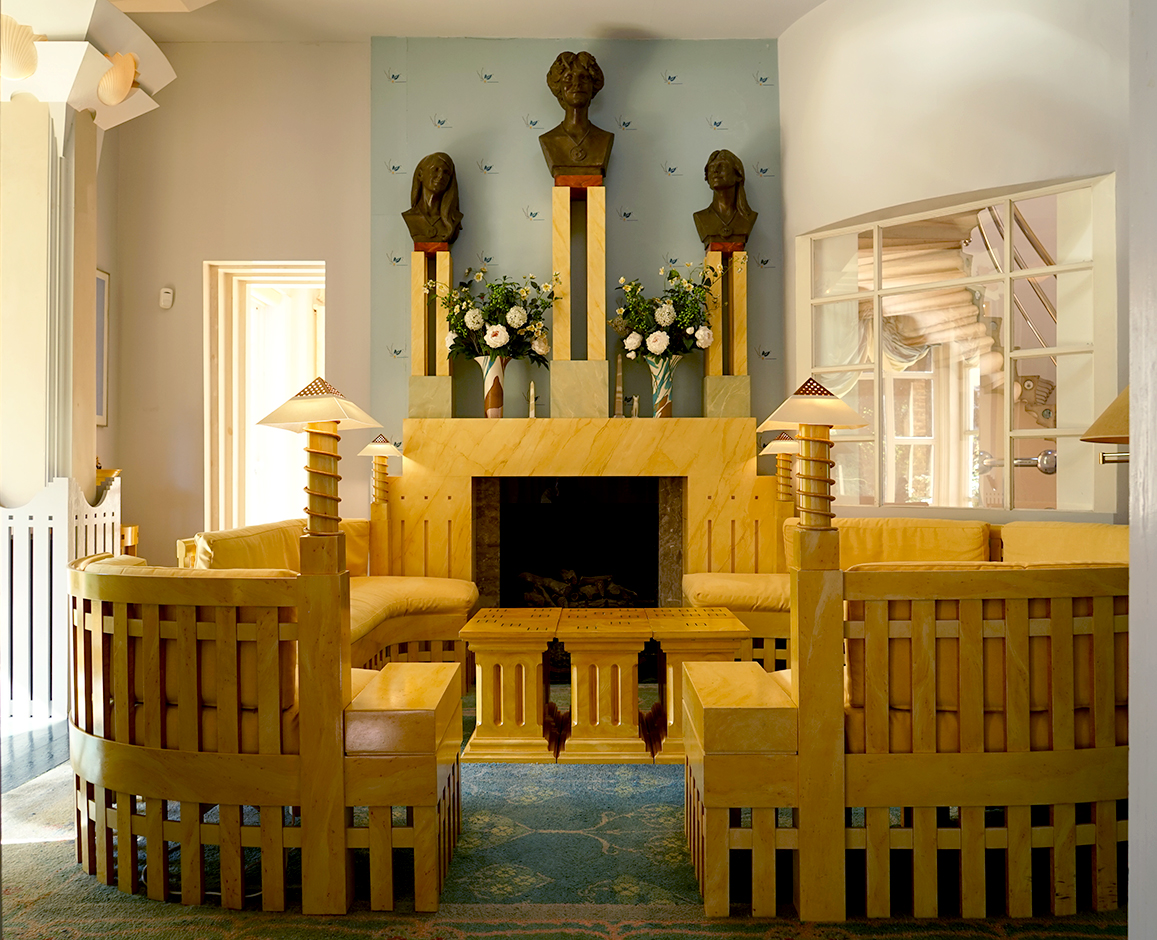
07.03.24
Interiors
A Tour Through the London Architectural Marvel The Cosmic House, Charles Jencks’s Postmodern Masterpiece
Located in London’s ultra-wealthy Holland Park, architect Charles Jencks's London home, The Cosmic House, doesn’t particularly stand out at first glance from the classic row of Victorian brick houses. But a closer look reveals unorthodox details, including circular windows and a metal gate that’s a collage of historical styles — telltale signs of Postmodernism. Adam Štěch revisits the 1983 masterpiece, now a museum and art foundation open to the public.
